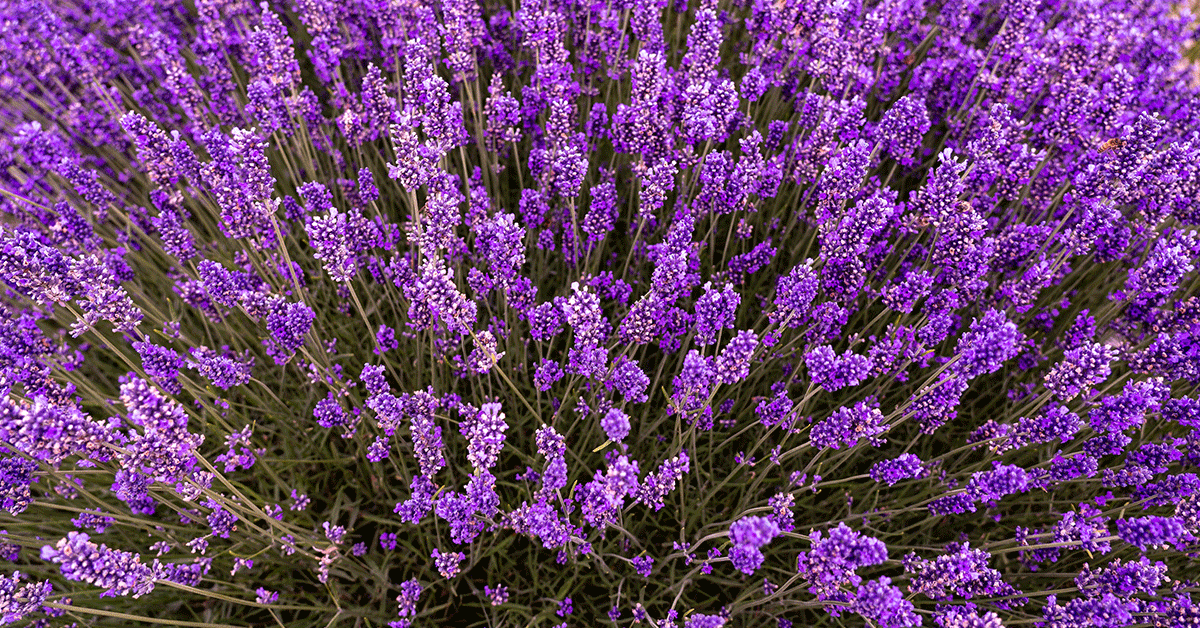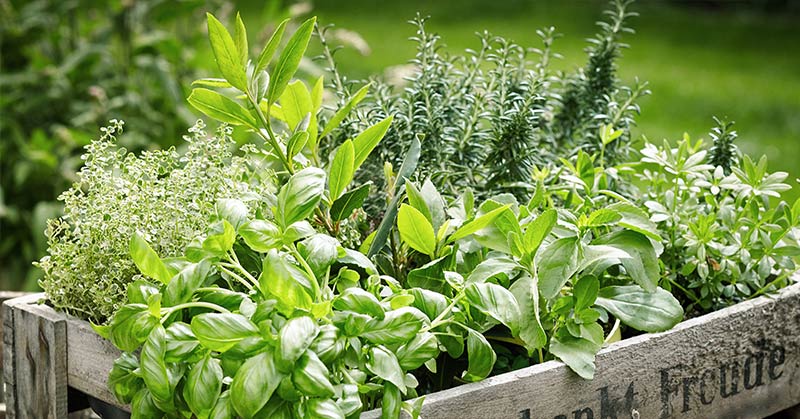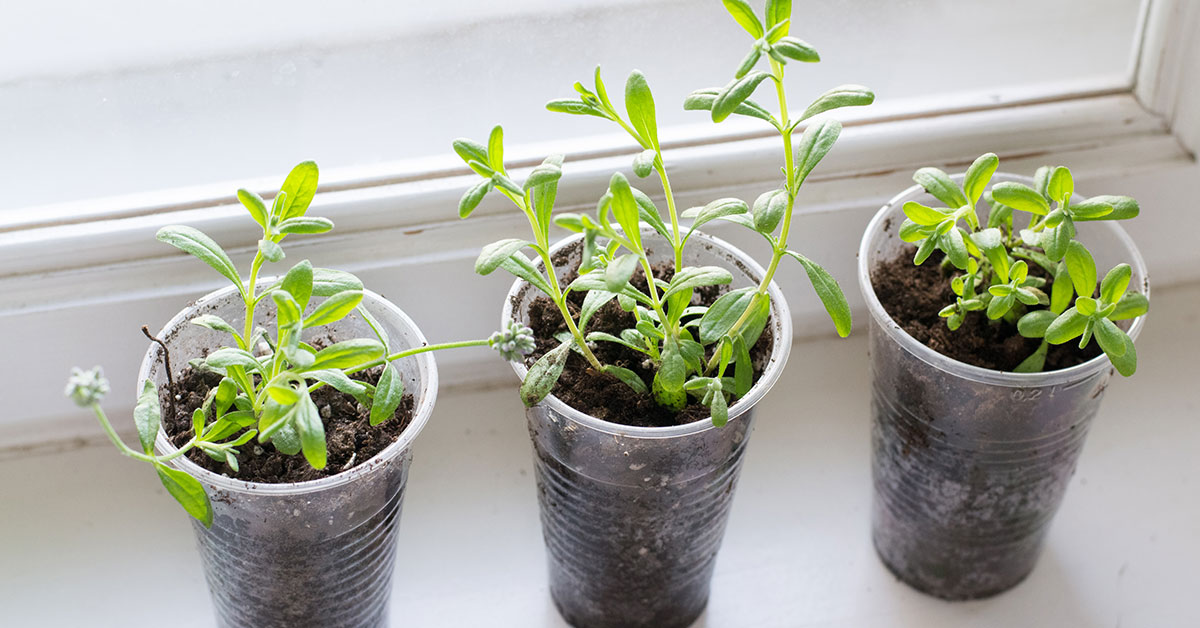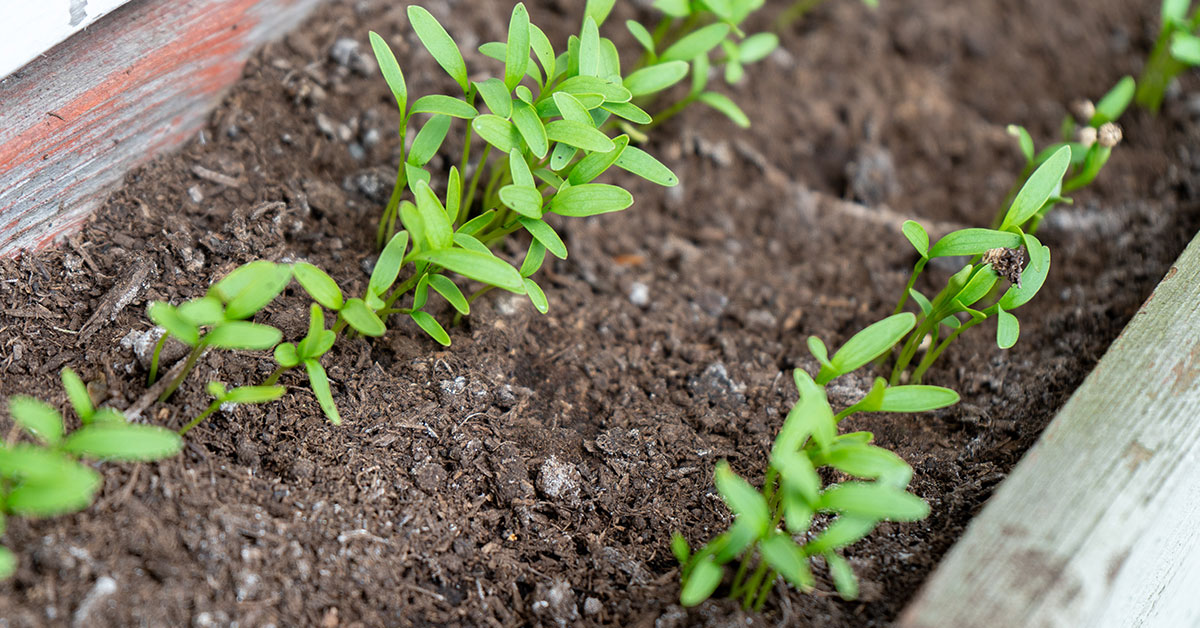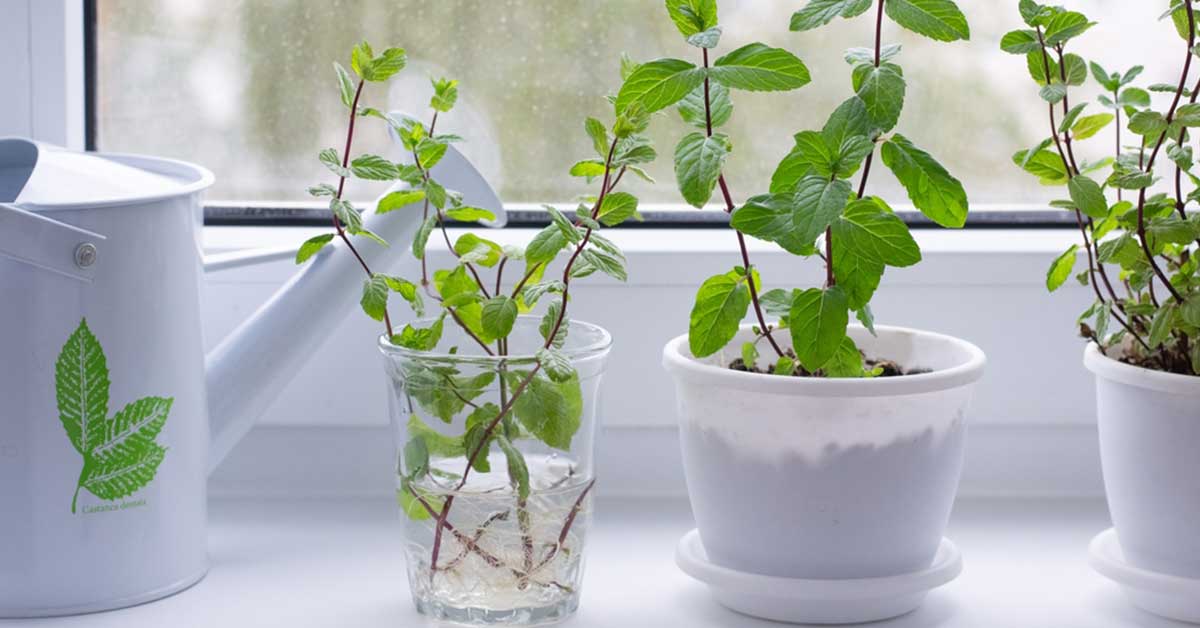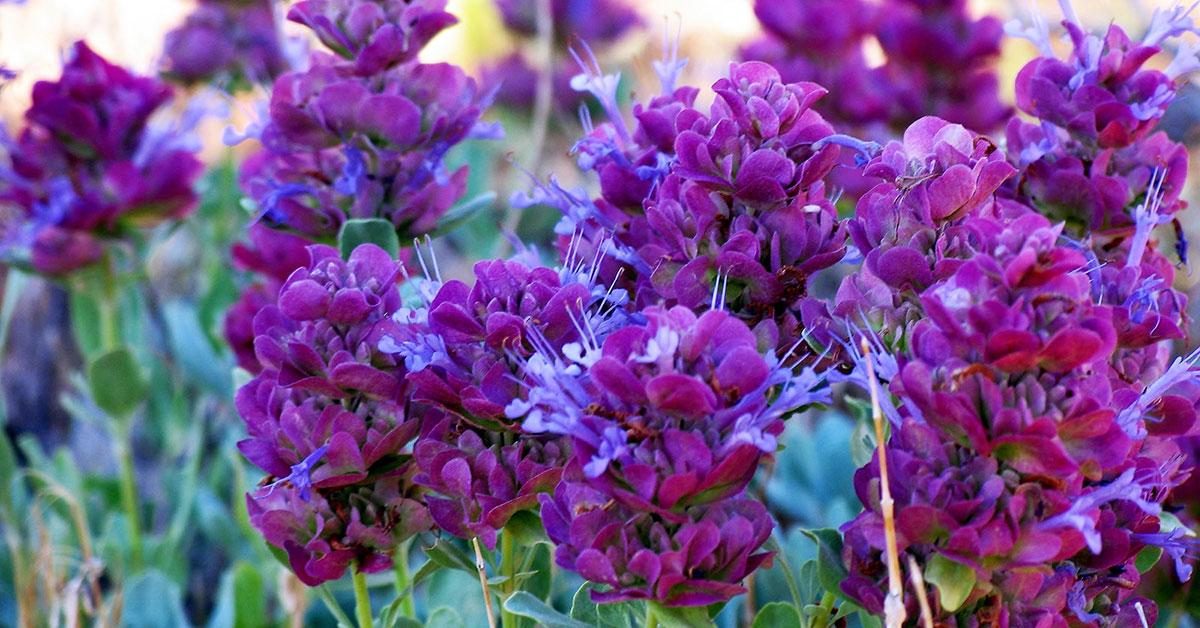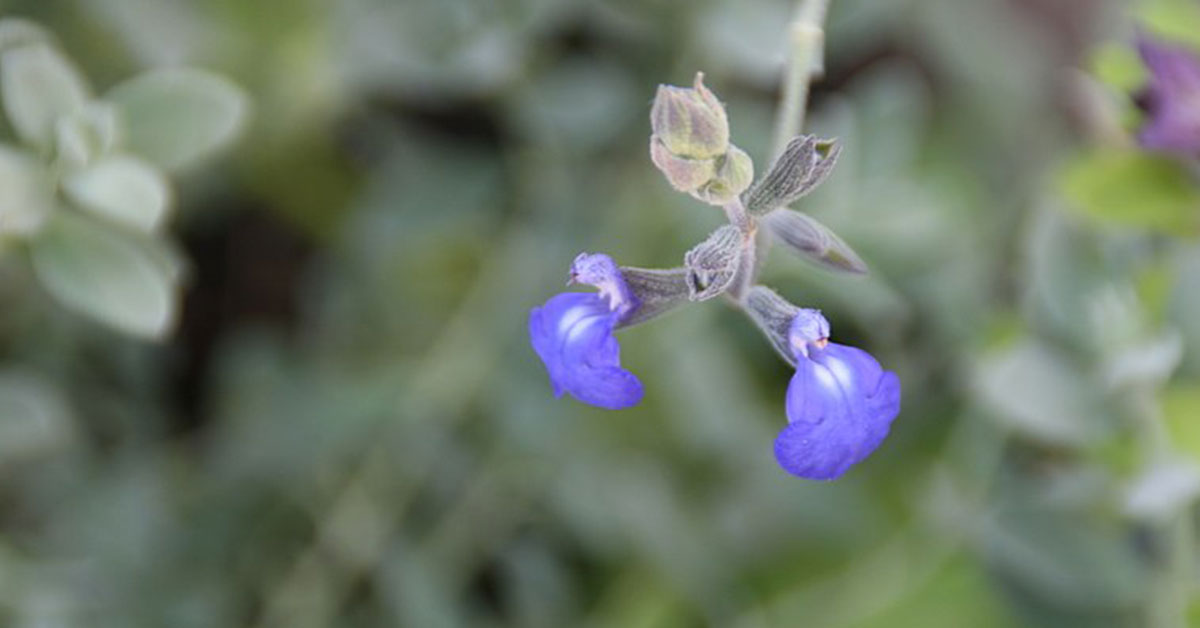Growing perennial herbs in Zone 6 offers a diverse range of options for gardeners looking to add both culinary and medicinal plants to their landscape. With a climate that typically experiences cold winters and moderate summers, Zone 6 provides the ideal environment for many hardy perennial herbs to thrive.
To ensure success, it’s important to choose plants adapted to the specific conditions of the area, such as chives, thyme, sage, oregano, and mint. By providing well-draining soil, adequate sunlight, and appropriate water, these herbs will flourish and provide a bountiful harvest year after year.
Additionally, incorporating these perennials into your garden not only adds visual interest and fragrance but also attracts beneficial insects, which can contribute to a healthy and diverse ecosystem.
Grow these 17 perennial herbs in zone 6
Zone 6 encompasses a wide range of climates, but there are many perennial herbs that can grow well in this zone. Some popular options include:
- Chives (Allium schoenoprasum): These hardy plants produce edible leaves and flowers with a mild onion flavor.
- Thyme (Thymus spp.): A low-growing, aromatic herb available in many varieties, thyme is often used in cooking and as a ground cover.
- Sage (Salvia officinalis): This herb produces aromatic leaves that are often used in cooking, especially in poultry and meat dishes.
- Oregano (Origanum vulgare): A popular herb in Italian and Mediterranean cuisine, oregano is known for its flavorful leaves.
- Mint (Mentha spp.): Mint is a fast-growing, aromatic herb that can be used for teas, cooking, and garnishes. Be mindful of its invasive nature, and consider planting it in containers.
- Lavender (Lavandula spp.): Known for its beautiful flowers and calming scent, lavender thrives in well-drained soil and full sun.
- Lemon Balm (Melissa officinalis): This member of the mint family has a lemony scent and can be used in teas, salads, and other dishes.
- Yarrow (Achillea millefolium): A hardy perennial with feathery leaves and small, clustered flowers, yarrow has a variety of medicinal uses.
- Echinacea (Echinacea spp.): Also known as coneflower, echinacea is a popular medicinal herb used to boost the immune system.
- Comfrey (Symphytum officinale): With its large leaves and bell-shaped flowers, comfrey is often grown as an ornamental plant, but it also has various medicinal and composting applications.
- Bee balm (Monarda didyma): Bee balm flourishes in zone 6 as a perennial herb, attracting pollinators with its vibrant blooms while providing both ornamental value and medicinal benefits to the garden.
- Anise hyssop (Agastache foeniculum): Anise hyssop thrives in zone 6 as a perennial herb, producing beautiful purple flowers that attract pollinators while offering a delightful licorice-like flavor for culinary and medicinal purposes.
- Fennel (Foeniculum vulgare): In zone 6, fennel can be grown as a perennial herb with proper care, providing a striking architectural presence in the garden and a unique anise-like flavor for culinary use.
- Catnip (Nepeta cataria): Catnip is a perennial herb that can tolerate the cold temperatures of zone 6.
- Anise hyssop (Agastache foeniculum): Anise hyssop thrives in zone 6 as a perennial herb, producing beautiful purple flowers that attract pollinators while offering a delightful licorice-like flavor for culinary and medicinal purposes.
- Sorrel (Rumex acetosa): A cold-hardy perennial herb, sorrel can grow successfully in zone 6.
- Tarragon (Artemisia dracunculus): Both French and Russian tarragon can grow as perennials in zone 6, with Russian tarragon being more cold-hardy.
When selecting plants for your garden, consider factors such as soil type, sunlight exposure, and water requirements. It’s always a good idea to consult local gardening resources to find the best-suited plants for your specific area.
Tips for herb gardening in zone 6
Growing perennial herbs in zone 6 can be a rewarding and relatively easy experience as this climate provides good growing conditions for many herb species. Here are some tips for growing perennial herbs in zone 6:
- Choose the right herbs: Select herbs that are well-suited for zone 6, such as lavender, sage, rosemary, thyme, oregano, chives, and mint. These herbs are hardy and can withstand cold winters and mild summers.
- Select a sunny location: Most herbs need plenty of sunlight to thrive, so choose a location that receives at least six hours of direct sunlight per day. If possible, select a location that is sheltered from harsh winds.
- Prepare the soil: Make sure the soil is well-draining, as many herbs don’t like to be in standing water. Amend the soil with compost or aged manure to improve soil fertility and drainage.
- Water regularly: While many herbs are drought-tolerant, it’s still important to water them regularly, especially during dry periods. Water deeply and avoid overhead watering, which can promote fungal growth.
- Fertilize occasionally: Herbs generally don’t require a lot of fertilizer, but a balanced fertilizer can help encourage healthy growth. Fertilize once or twice a year with a slow-release fertilizer or organic compost.
- Mulch around the base of the plants: Mulching helps retain moisture in the soil, prevent weeds from growing, and regulate soil temperature. Use organic mulch such as straw, leaves, or bark.
- Prune regularly: Regular pruning helps promote bushier growth and keeps the plants looking neat and tidy. Prune herbs as soon as they begin to show signs of growth in the spring.
By following these tips, you can enjoy a successful herb garden in zone 6. Remember to choose the right herbs, select a sunny location, prepare the soil, water regularly, fertilize occasionally, mulch, and prune regularly to keep your herbs healthy and productive.
